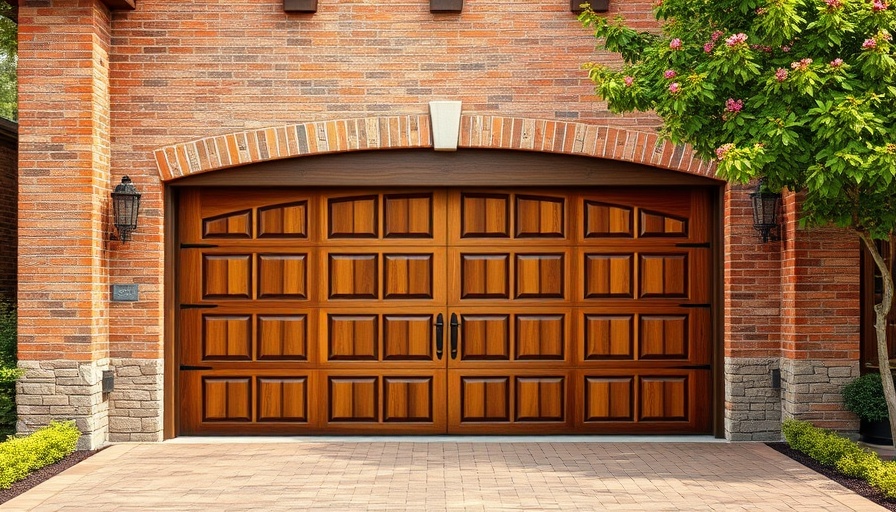
Mastering Window Screen Removal: An Essential DIY Skill
Have you ever dealt with a broken window screen? Whether it’s for maintenance or simply updating your home’s aesthetic, knowing how to properly remove a screen from a window is essential for any homeowner. Screens not only keep out bugs but also help in ventilation, making them integral to our homes. This guide walks you through a simple process for removing window screens safely, ensuring you understand the different types of screens and windows you may encounter.
Understanding Your Window Types: A Key to Removal
Before you start the removal process, it’s crucial to identify the type of window you have. Windows can differ in their design and operation, which affects screen removal methods:
- Interior Screens: Installed from the inside, these screens are typically easier to access. Ensure you fully open the window before attempting removal.
- Exterior Screens: Installed on the outside, these may require additional care to avoid damage. Familiarize yourself with any latches or clips that might be present.
Styles of Windows and Their Unique Features
Knowing the window style is equally as important:
- Single-Hung Windows: These allow ventilation from one section and are the easiest to handle.
- Double-Hung Windows: Most common in homes, these windows can open from both the top and bottom, adding flexibility.
- Casement Windows: Hinged on the side and opened with a crank, these have specific methods for screen removal.
- Sliding Windows: Often used in modern designs, these glide open horizontally and generally have one or two sliding screens.
A Step-by-Step Guide to Removing Your Window Screen
Follow these straightforward steps to remove the screen from your window:
- Start by fully opening the window from both sides.
- Locate the tabs or pins securing the screen, typically found at the corners or sides.
- Carefully pull out these tabs while supporting the screen with your other hand.
- Rotate the screen towards the middle and lift it clear of the frame.
- Keep any pins or latches in a safe place for future installation.
- Set the screen aside in a safe location.
Why Proper Removal Matters
Proper screen removal not only preserves the integrity of your screens but also extends their life and enhances your ability to keep your home comfortable. Ignoring the correct methods can result in bent frames or broken screens, leading to additional costs and hassle in repairs.
Future Considerations: Maintenance Tips for Screens
Once your screen is removed, consider the following maintenance tips to keep your windows in optimal condition:
- Regular Cleaning: Clean your screens with a gentle soap and water solution to keep them free of dust and grime.
- Inspections: Regularly inspect for tears or damage to catch problems early.
- Replacement Scheduling: If screens are frayed or no longer fit snugly, it may be time to replace them, ensuring continued bug protection.
Next Steps: Ready for the Project?
Now that you’re equipped with the knowledge of how to remove a screen from a window, why not put this skill to use? Whether you're replacing an old screen or maintaining your current ones, this DIY project can refresh your living space and enhance functionality. Plus, it’s a satisfying task that you can tackle confidently!
Embrace the joy of home maintenance and keep your living environment comfortable and bug-free!
 Add Row
Add Row  Add
Add 




Write A Comment